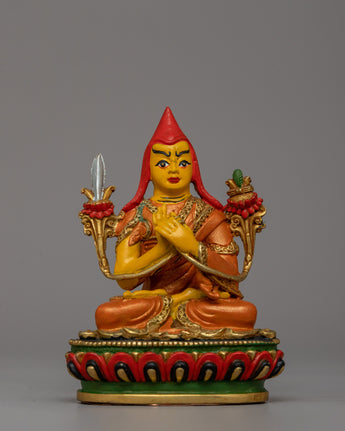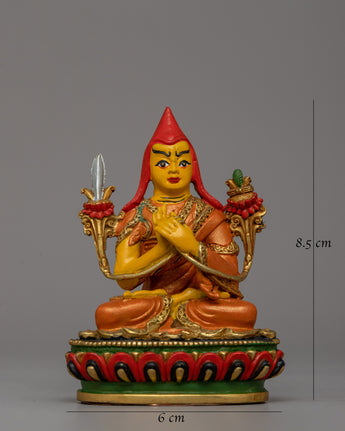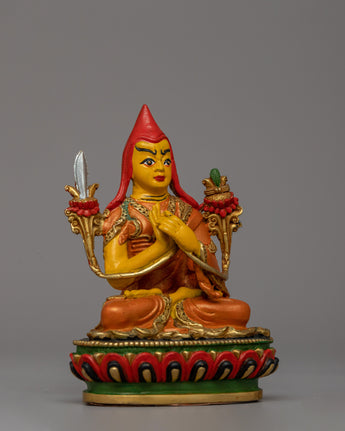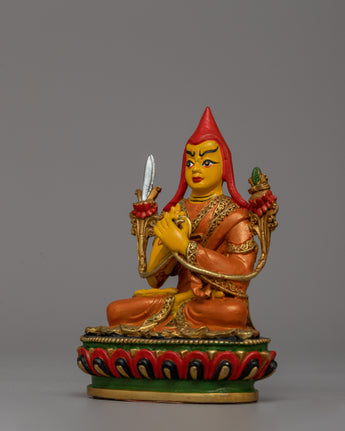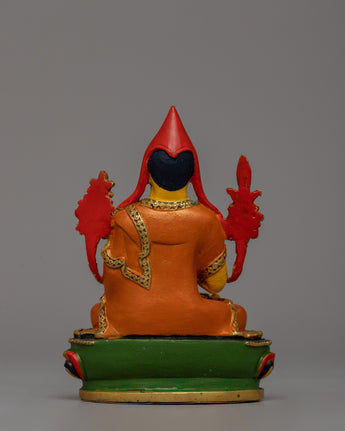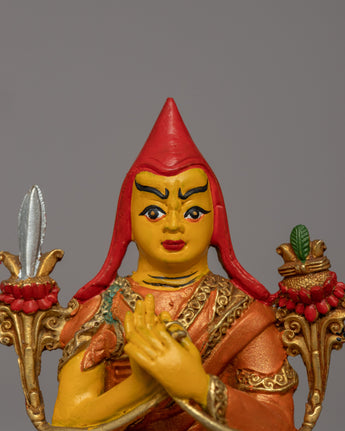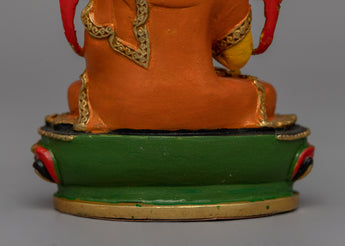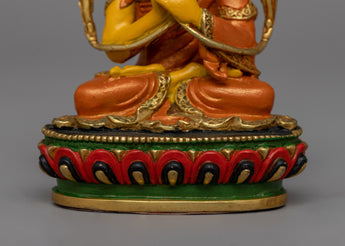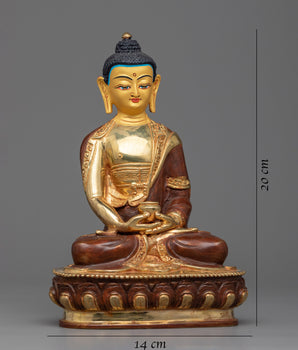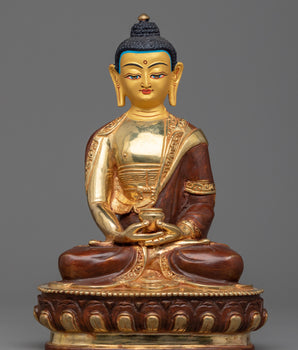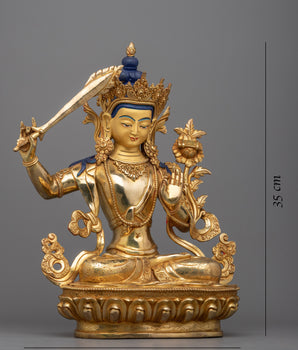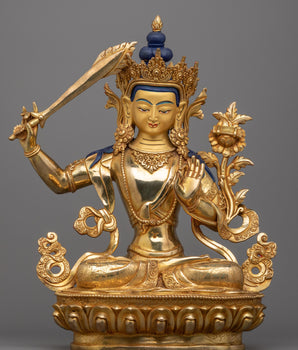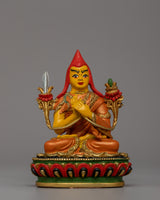
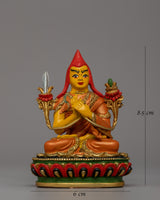
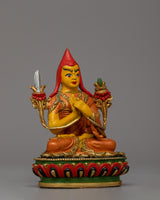
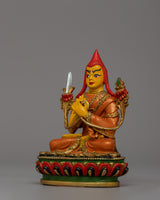
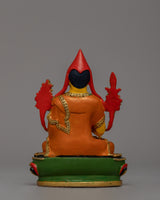
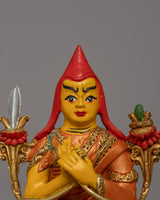
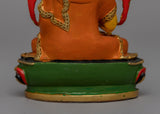
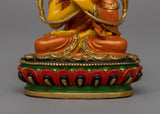
Buddhist Master Tsongkhapa Figurine | Tibetan Guru Ornament

100% AUTHENTIC

HANDMADE

FREE SHIPPING
Buddhist Master Tsongkhapa Figurine – A Symbol of Wisdom, Discipline & Enlightenment
------------------------------------------
Size: 8.5cm (Height) x 6cm (width)
Weight: 0.18 kg
Materials: Copper Body, Gold Plated, Acrylic Pint
------------------------------------------
About Our Statue :
Our Buddhist Master Tsongkhapa Figurine, 8.5 cm tall and 6 cm wide, is an intricately detailed Tibetan Buddhist statue made of exceptional copper, gold-plated, and finished with hand-painted acrylic detailing. This figurine weighs 0.18 kg and is ideal for altars, meditation places, or as a spiritual keepsake. The gold plating symbolizes purity, knowledge, and spiritual illumination, whereas copper is valued for its ability to transmit heavenly energy. This figure is more than just an ornament; it is a potent symbol of Tsongkhapa's teachings on ethical purity, profound wisdom, and the path to enlightenment.
Je Tsongkhapa, the famed Tibetan Buddhist guru and founder of the Gelug school, is shown in a meditative seated position on a lotus throne, representing spiritual awakening and transcending of earthly distractions. His hands are in the Dharmachakra Mudra, a gesture of teaching and turning the wheel of Dharma that represents his significant role in disseminating Buddhist understanding and discipline.
Two blooming lotus flowers flank his shoulders, one holding a sacred sword, representing his power to cut through ignorance, and the other carrying the Perfection of Wisdom Sutra, symbolizing his mastery of the road to enlightenment. Tsongkhapa's distinctive pointed red hat represents his role as a spiritual reformer and a shining example of pure Buddhist teachings. This gold-plated Tsongkhapa statue inspires practitioners, fostering moral purity, profound insight, and the pursuit of enlightenment. Whether displayed in a meditation room, Buddhist shrine, or personal altar, this figurine exemplifies wisdom, compassion, and the transformational power of spiritual discipline.
Introduction To Tsongkhapa :
Great Tibetan Buddhist Master Je Tsongkhapa, whose given name was Losang Dragpa, flourished in the 14th century and advanced the Kadampa school of Buddhism that Atisha had founded three centuries before. The Buddha anticipated him before he arrived in Tibet. He meticulously taught the Tibetans all they needed to know about spiritual growth, from the initial step of beginning a spiritual practice to the final achievement of Buddhahood. During this golden period of Tibet, Je Tsongkhapa set the bar for moral purity, a loving way of life, and profound, liberating insight, inspiring thousands of Tibetans.
How do you take care of your statues?
• Place them at room temperature, avoiding direct sunlight.
• Make sure that the area where your statue is placed is completely free of moisture and dust.
• Place it at the highest place on your altar after being consecrated by Lama/monks. The best practice is to keep them covered inside a glass cabinet.
• Do not use your bare hands or any objects with a rough surface to wipe the face. Directly touching objects with the bare hand can smudge the face, leaving scratches.


